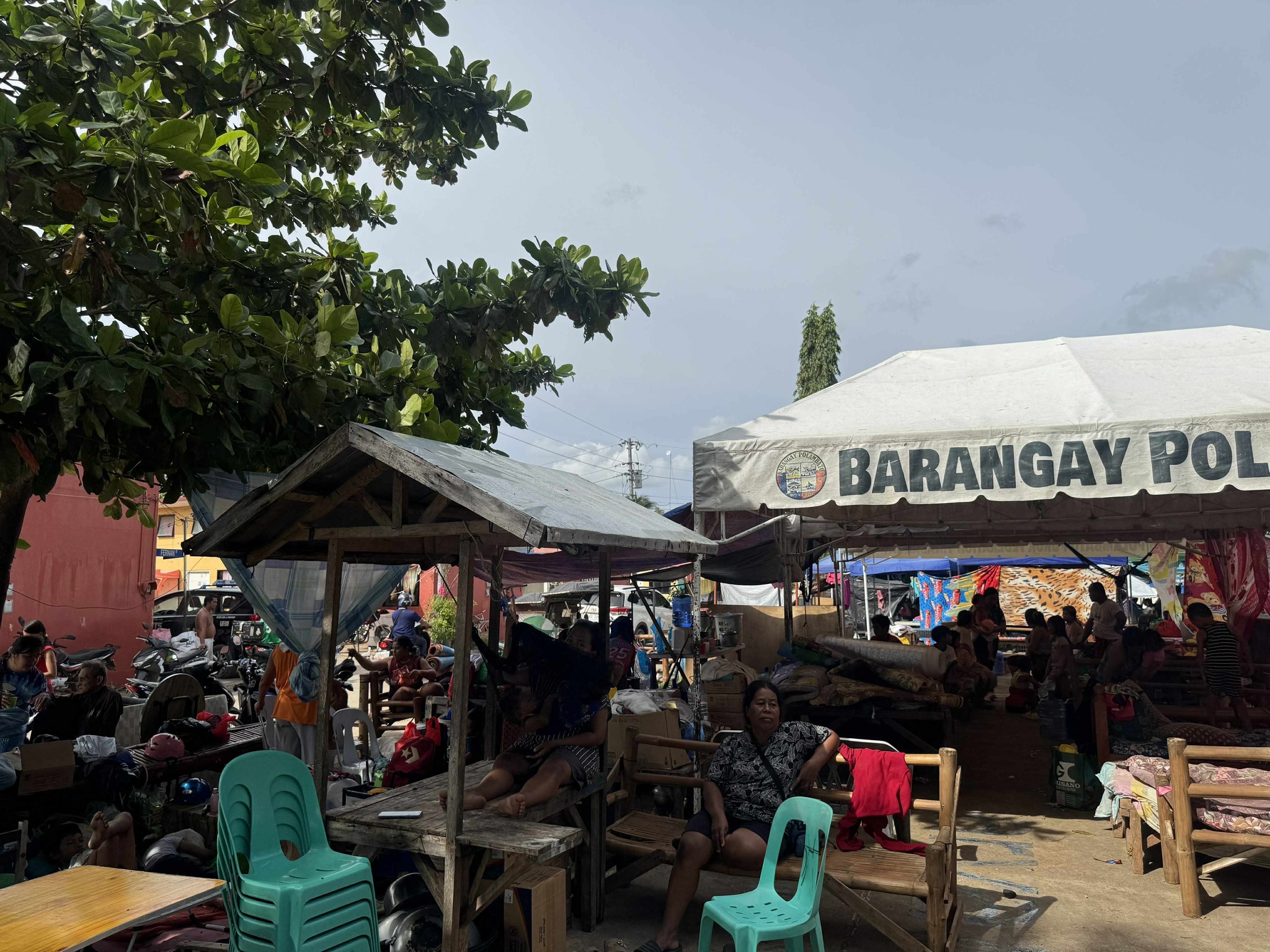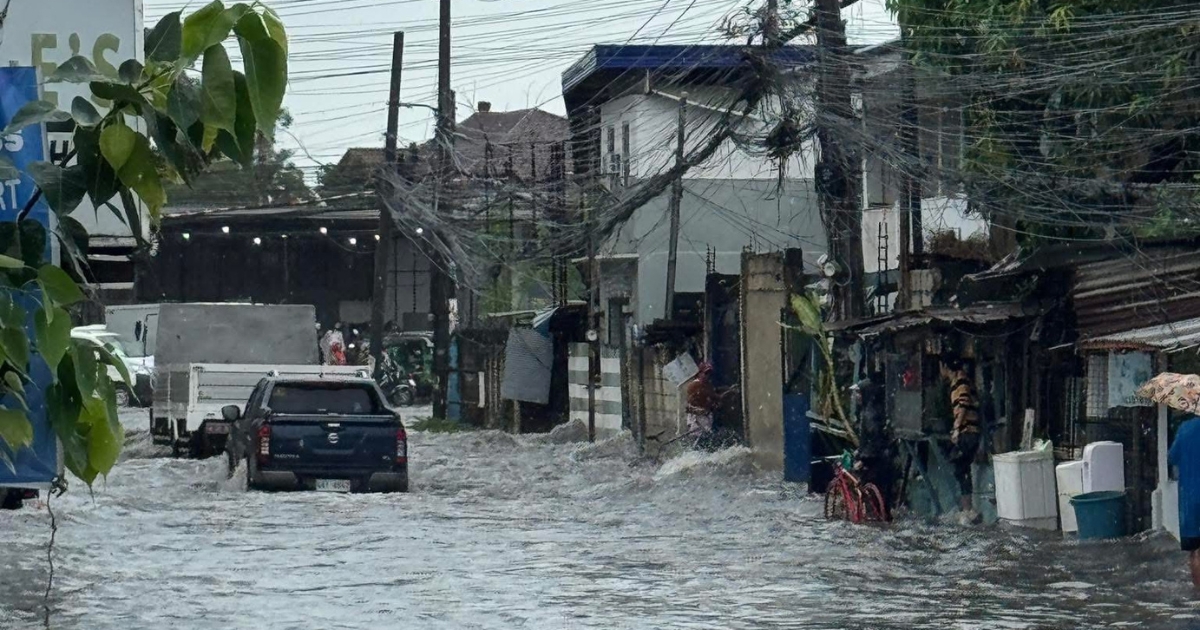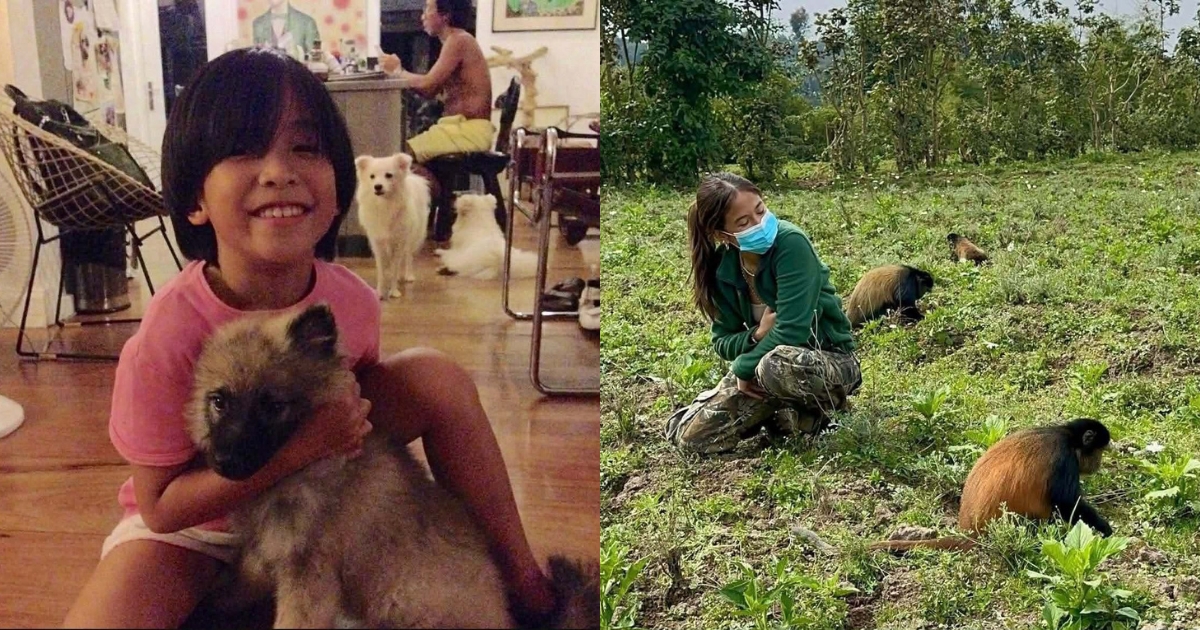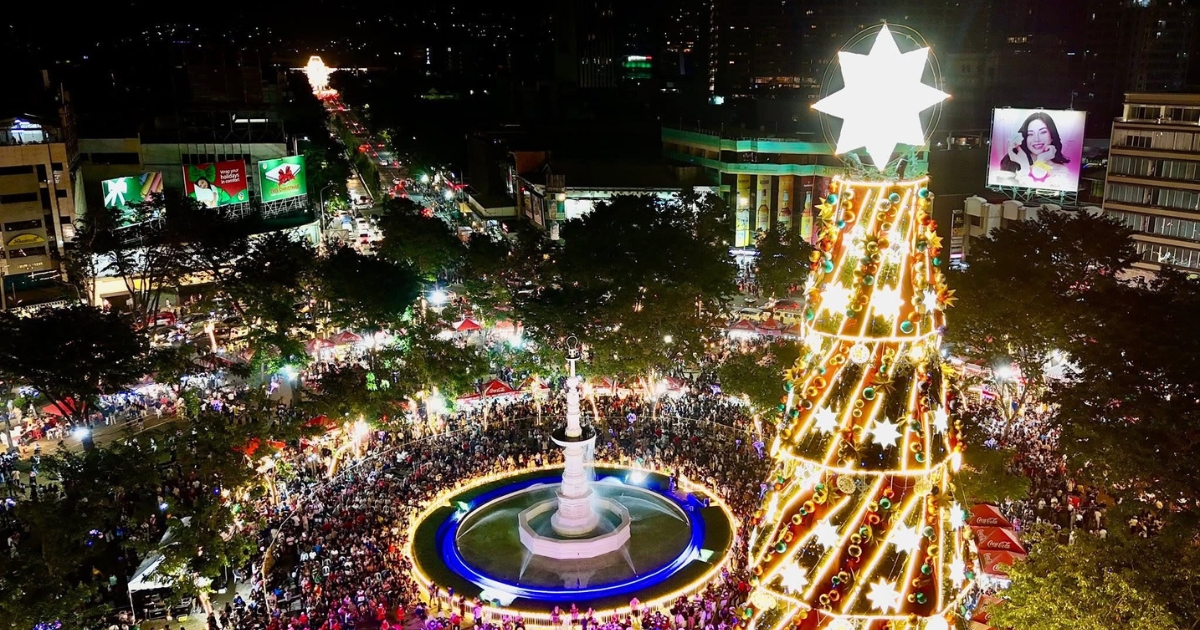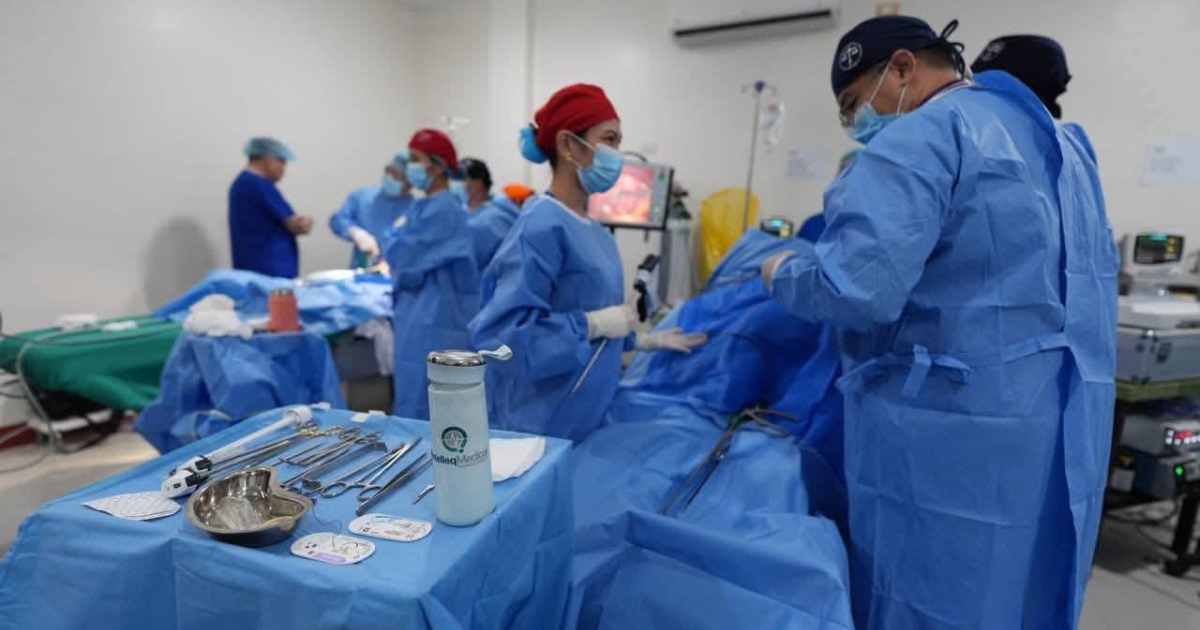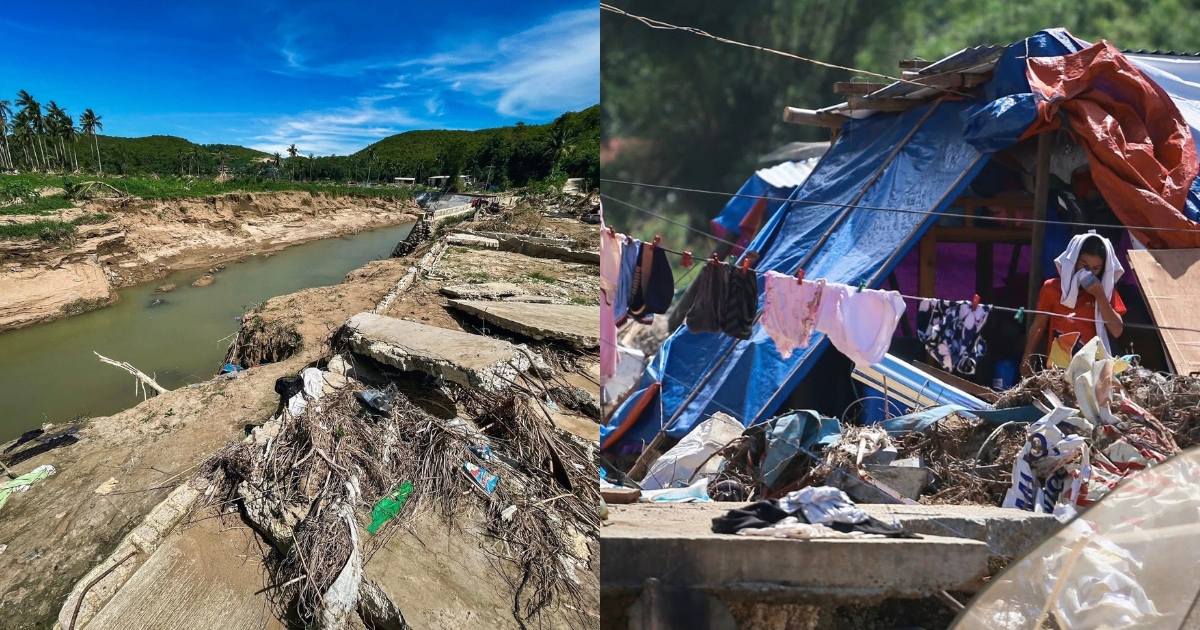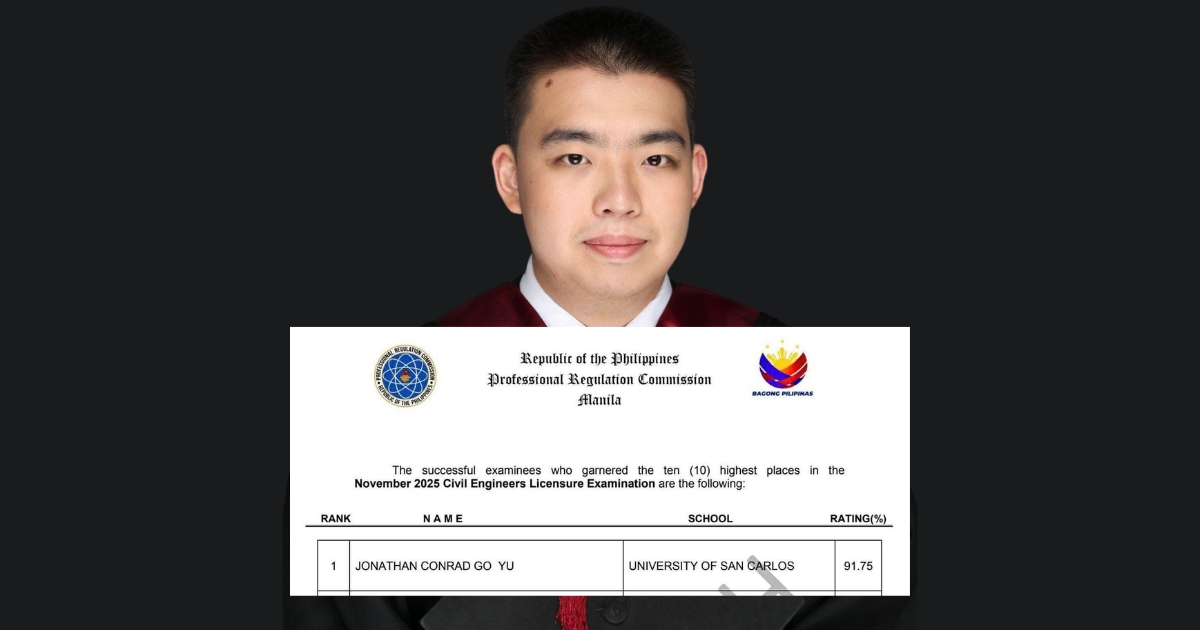BOGO CITY — For families who survived Super Typhoon Yolanda over a decade ago, life in relocation villages was meant to be a fresh start.
Now, those hopes have been shattered by the magnitude 6.9 earthquake that struck northern Cebu on September 30.
Seven residents, including a pregnant mother, lost their lives when homes collapsed in Barangay Polambato.
The community, SM Cares Village, was built in 2014 to house families displaced by the 2013 typhoon. Many of the houses there were severely damaged, leaving residents without shelter and forcing them to stay in tents erected near the ruins of their former homes.
Traumatic experience
Neralyn Montejo, the president of the community, recalled the terrifying moments when the earthquake hit.
She described the walls of their homes swaying violently, saying that families were about to sleep when the ground began to shake. Residents scrambled to escape debris as it fell around them.
“it is hard to call for rescue,” Montejo said, explaining that phones were left inside the damaged homes, complicating their efforts to summon help.
She confirmed that seven neighbors died, including a pregnant mother.
False tsunami alerts spread through social media further unsettled residents, forcing them to flee to the hills nightly.
“We admit we believe to these fake news and every night we run to the mountains and back here in the morning,” Montejo said.
For a community that survived Yolanda in 2013, the earthquake has brought new trauma and disruption.
Casualties and damage
Northern Cebu continues to reel from the earthquake, with more than 70 confirmed fatalities and thousands of families displaced.
In Bogo City alone, 33 people were killed. In addition to homes, schools, churches, and hospitals suffered extensive damage, compounding the challenges faced by affected communities.
President Ferdinand “Bongbong” Marcos Jr. visited SM Cares Village on October 2, assessing the destruction and speaking directly with survivors.
Cebu Governor Pam Baricuatro, Public Works Secretary Vince Dizon, Tourism Secretary Christina Frasco, Social Welfare Secretary Rex Gatchalian, Education Secretary Sonny Angara, Bogo City Mayor Mayel Martinez, 4th District Representative Sun Shimura, and other officials accompanied him.
The President also inspected the Archdiocesan Shrine of St. Vincent Ferrer Parish and met with priests to evaluate the damage to the church. He later went to Cebu Provincial Hospital to engage with survivors and reassure them of government support.
The Department of Social Welfare and Development pledged financial assistance and other aid to affected families. Relief and rehabilitation efforts continue under coordination between local authorities and national agencies.
Earthquake in northern Cebu
According to the latest situation report as of 10:00 a.m. on October 5, 2025, the province remains under red alert.
The magnitude 6.9 earthquake struck Bogo City at 9:59 p.m. on September 30 with a depth of five kilometers, and aftershocks continue across northern Cebu. The Incident Command Post in Bogo City continues to serve as the central hub for provincial response and relief operations.
Heavily affected municipalities include Bogo City, Medellin, San Remigio, Daanbantayan, Sogod, and Borbon, while other towns reporting damage include Tabogon, Tabuelan, Tuburan, Bantayan, Sta. Fe, Catmon, Carmen, San Francisco, and Madridejos.
The quake and its aftershocks affected 209,972 families, or 372,513 individuals, with 26,140 families or 5,270 individuals displaced. There have been 71 confirmed fatalities, three reported missing, and 592 injured.
Damage to infrastructure has been extensive. Roads and bridges suffered partial or total damage, particularly in Daanbantayan, Tabogon, and Borbon.
Several municipal buildings, schools, and churches were heavily damaged, and thousands of homes across northern Cebu were either destroyed or partially damaged. Sinkholes and fissures were confirmed in Medellin, Borbon, and San Remigio.
Power has largely been restored, reaching 99 percent of barangays, and telecommunications are mostly operational, though some areas experience intermittent service.
Port operations at Hagnaya, Pulangbato, and Bantayan remain suspended pending safety inspections, while classes have been suspended in at least ten northern municipalities.
Priority needs include food and potable water, modular tents and shelter materials, hygiene kits, medical supplies, water tankers, generators, and heavy equipment.
Relief operations are ongoing, with P7.9 million in in-kind donations and P66.4 million in cash donations already received. Distribution of relief goods continues to Bogo, San Remigio, Medellin, Daanbantayan, Sogod, Tabogon, and Borbon.
Due to heavy congestion in northern Cebu from volunteers and private donors, the governor has urged the public to avoid traveling to affected towns to keep roads clear for emergency and relief vehicles.


